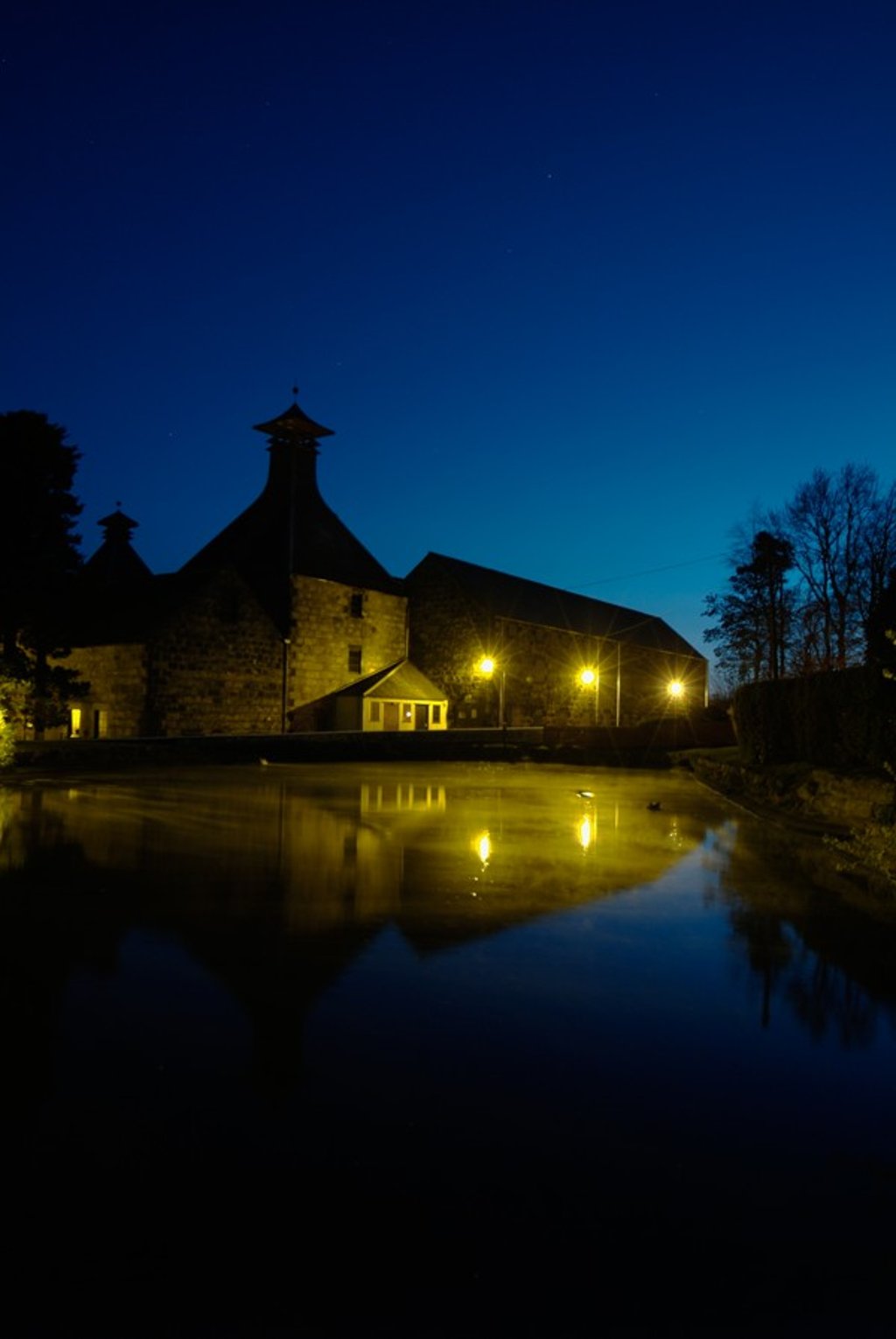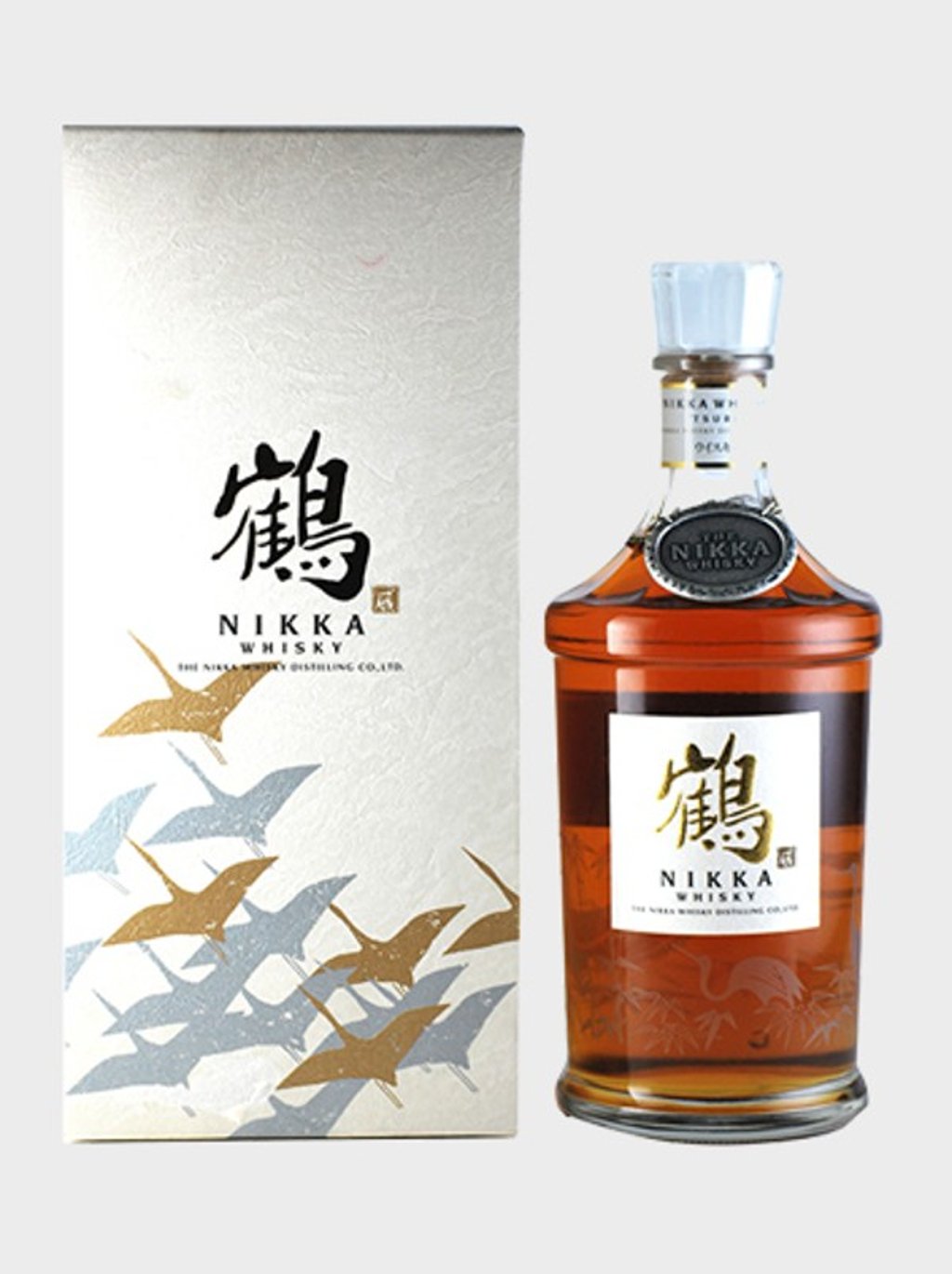Why fans of single malts shouldn’t dismiss blended whiskies

Blended whiskies demonstrate the art of mixing as limitless opportunities for creating new and interesting flavour combinations emerge
Blended whisky used to be regarded as a cheap substitute for single malt, but that perception has changed. “The choice of a blended whisky is rarely a question of price, but rather the preference of an individual,” says Makiyo Masa, the founder and director of dekanta, an online Japanese whisky sales company based in Tokyo. “Many enthusiasts are quick to blindly write off all blended whisky as inferior to single malt, but this is simply not the case. Just as each single malt has a unique personality, so does each blended whisky. Both classifications contribute to the overall whisky experience.”
A blended whisky, like Johnnie Walker or The Famous Grouse from Scotland, or Japan’s Hibiki, is exactly what the term suggests – a mixture. Single malt whiskies are the produce of one distillery, but to qualify as a blend, whisky must combine malts from two separate distilleries. Grain whiskies, which add creaminess to the full-bodied malt flavour, are often added to the blend, too.

Blends were originally developed in Scotland in the mid-1800s as a way of maintaining a consistent flavour across all the bottles of a brand. All brands start from a unique recipe – which is usually a closely guarded secret – but whisky production is a natural process, and different flavours may result from the same ingredients distilled in the same casks in the same conditions.
A master blender tweaks the process, and also has access to a repository of malts and grains – a “library” – which, like a master chef, the blender add to the cask to bring about the taste the consumer expects.

“The main part of my job is looking after consistency for The Famous Grouse and Cutty Sark,” says master blender Kirsteen Campbell, by telephone from Scotland. “It’s about ensuring that every batch is consistent, and tastes the way that the consumer expects. We check the consistency and quality at every stage of the process. Maturation is a complex natural procedure, so as much as we try to get it to come out the same – by putting it in a particular oak cask, for instance – sometimes it matures differently. We have to check every single cask to ensure that the quality is what we expect. We have to work out how the flavours are working together.”

“Every single cask is different,” Newell says. “Whisky ages differently, and that is part of its magic. So the blenders will constantly be tweaking the batches they are blending. The blenders know the age of the all the casks, and the flavours associated with each individual distillery – so they have a picture of the taste in their heads. They will draw samples, and there is a physical testing takes place in a blending room which is a small lab. They will ‘nose’ them to check they match the master sample.”
Just as each single malt has a unique personality, so does each blended whisky
Although the whisky industry is today a technologically advanced operation, the blends are still tested by hand – or rather by nose. “The majority of my work is done by smelling,” Campbell says. “There is no machine as sensitive as the human nose, which can detect aromas down to parts per trillion. Even the very sophisticated equipment that we have can’t detect some of the qualities that the human nose can.” It’s team effort, Campbell says. “There are 80,000 casks per year for The Famous Grouse and 20,000 casks for Cutty Sark. So we are looking at a phenomenal amount,” she notes.